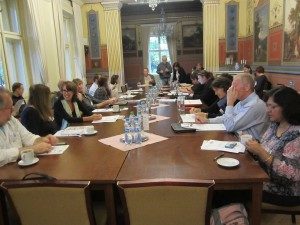
On October 14th and 15th, 2015 a conference was held in Prague entitled “Making Anthropology Matter.” The discussion centered around European professional anthropologists’ ongoing concerns about how to best apply their largely-academic research efforts. Many anthropologists hope to usefully relate their findings to contemporary social concerns.
With this in mind, most conference participants spoke about the tension they feel exists between the contemporary liberal values of engagement, advocacy and social justice, with the problems of finding research funding as well as more general academic support. Funders and employers often hope to persuade researchers to circumvent a fundamental, scientific requirement that requires independent and politically unbiased inquiry.
EASA – short for the European Association of Social Anthropologists – focused on this stubborn but important contemporary issue in their two-day gathering in Prague. The issue chosen for debate was one that is on everyone’s mind. Many spoke about the special skills anthropologists have, through participant-based, long-term work, to provide a new perspective.
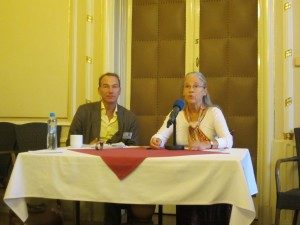
Brenda Beck spoke to the group about her own efforts in applying the results of her fifty years of anthropological research, her South Indian Tamil-language story materials that have been collected by her over more than five decades. Her talk, largely autobiographical, was entitled “Repurposing Stories to Teach About Social Justice.” Her comments featured both Canada and India-based experimental middle and secondary school applications. Several teachers in both countries have recently begun to use materials rooted in her life-long interest in a South Indian folk epic known (in English) as The Legend of Ponnivala story.
See: “Discovering Social Justice Through Multicultural Story-Telling,” (The) Community Works Journal, an online publication of the Community Works Institute: www.communityworksinstitute.com The direct link is: http://www.communityworksinstitute.org/cwjonline/articles/aarticles-text/brendabeck_folkindia.html
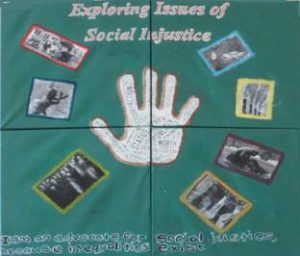
Canada has become a world leader in its struggle to deal in a just and fully contemporary way with multicultural issues. In order to do this to its fullest we badly need to develop new ways of teaching about cross-cultural living. To succeed in this requires great sensitivity and understanding on the part of our school teachers and school administrators. Canada is currently faced with a significant opportunity to generate fresh ideas and positive examples in this field. In my view, multicultural storytelling, when done in a dense and discovery-filled way, can provide teachers with an excellent tool kit for this. We already have a few brave teacher-leaders moving into this field. Many more are needed and a wide variety of cultural traditions deserve representation. The Legend of Ponnivala, packaged for school use, is just one small start.
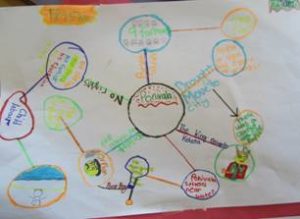
Art is another key ingredient, as it allows students to express their views in non-verbal ways. Let us move forward rapidly and bravely, sharing and documenting what we are learning through experimentation in this field. Hopefully we can generate many more good examples which we can then share around the world!
Toronto-based students in the sixth grade were able to grasp the idea that actions can be symbolic just as objects and various forms of artistic statements can contain many layers of meaning. They also discovered that symbols can convey both positive and negative connotations. Furthermore, some students were able to give examples of how these subtle and often unspoken meanings still impacted on their lives today.
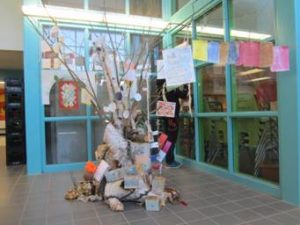 Art is another key ingredient, as it allows students to express their views in non-verbal ways. Let us move forward rapidly and bravely, sharing and documenting what we are learning through experimentation in this field. Hopefully we can generate many more good examples which we can then share around the world!
Art is another key ingredient, as it allows students to express their views in non-verbal ways. Let us move forward rapidly and bravely, sharing and documenting what we are learning through experimentation in this field. Hopefully we can generate many more good examples which we can then share around the world!
Toronto-based students in the sixth grade were able to grasp the idea that actions can be symbolic just as objects and various forms of artistic statements can contain many layers of meaning. They also discovered that symbols can convey both positive and negative connotations. Furthermore, some students were able to give examples of how these subtle and often unspoken meanings still impacted on their lives today.


